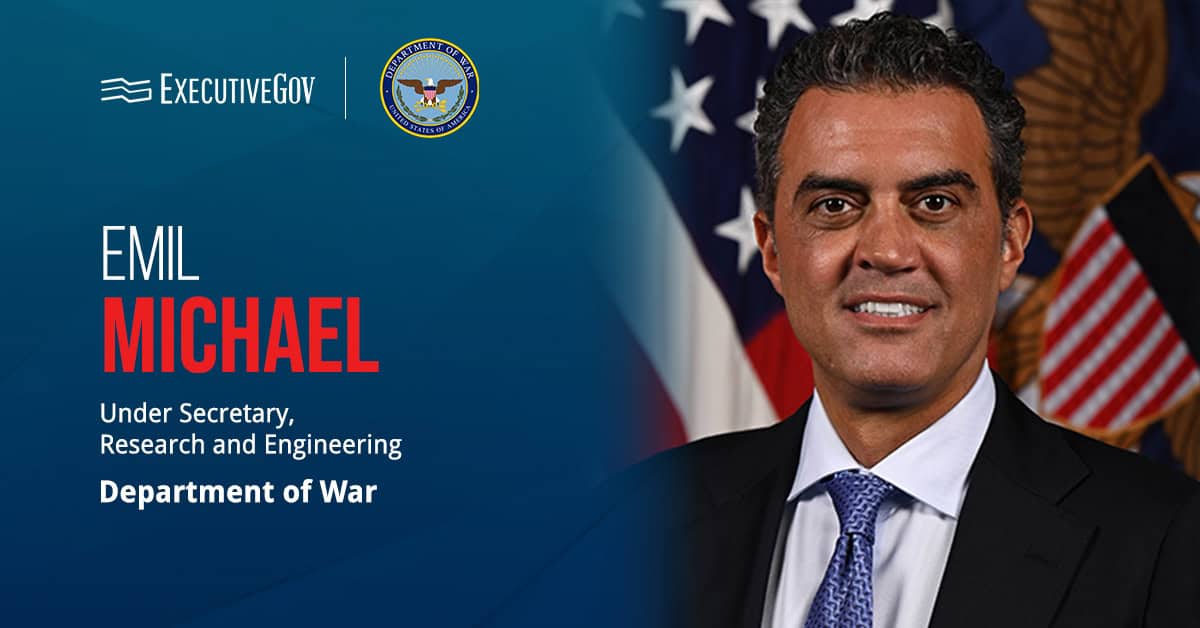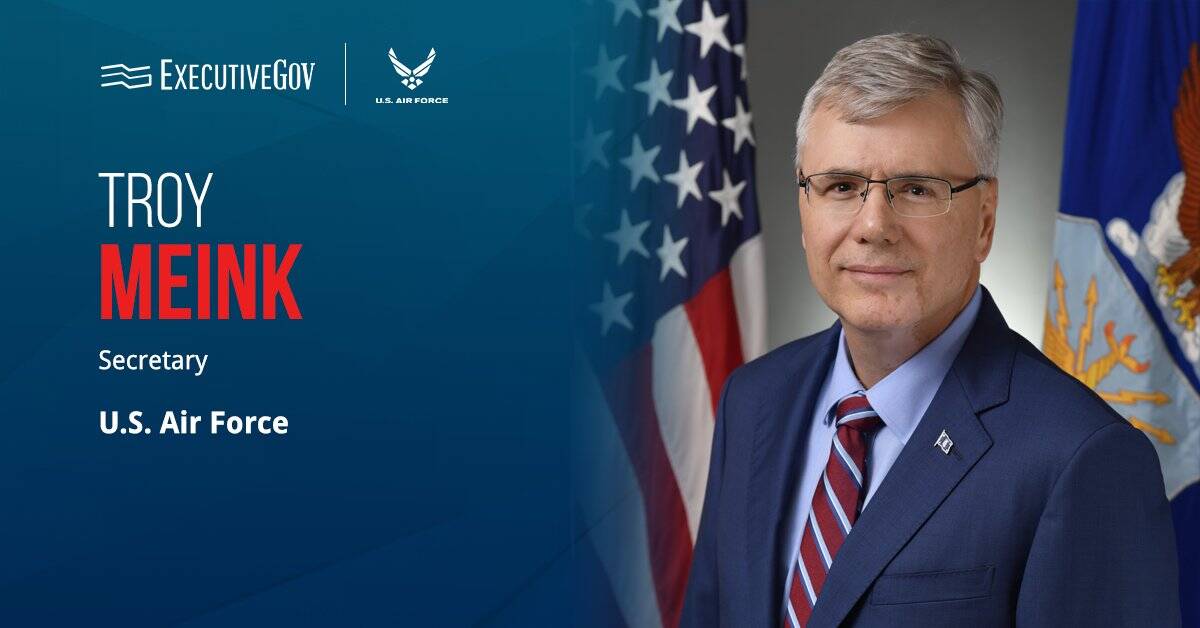 The Department of Homeland Security‘s Science and Technology Directorate will begin testing Internet-of-Things flood sensors, which will be installed in five communities across the U.S. in an effort to generate reliable water level information.
The Department of Homeland Security‘s Science and Technology Directorate will begin testing Internet-of-Things flood sensors, which will be installed in five communities across the U.S. in an effort to generate reliable water level information.S&T said Tuesday under the Flood Apex Program three small businesses were chosen to prototype, manufacture and deliver 100 flood sensors that are to be situated near flood-prone areas within these communities.
These devices will be located near flood sensors used by the U.S. Geological Survey, states or counties to gauge water quantity during storm upsurges.
The sensors have communications, imagery collection, triggered reporting and data transmissions, and energy harvesting and recharge capabilities, among others, according to S&T.
The installations will be finished by mid-November.





